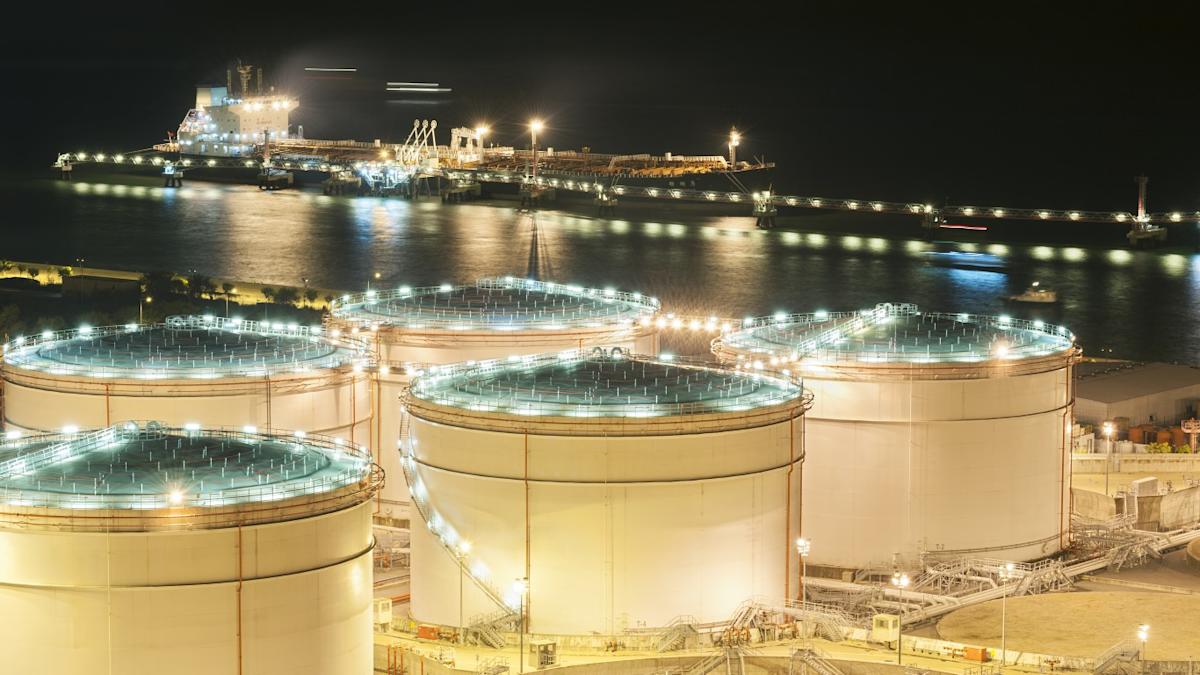LeeYiuTung / Getty Images
The U.S. Strategic Petroleum Reserve (SPR) was created in 1975 by the Energy Policy and Conservation Act, signed into law by President Gerald Ford. It was established in response to the 1973-1974 oil embargo, which highlighted the U.S. economy’s vulnerability to oil supply disruptions. Those who were around at the time, like your author, witnessed long lines at the gas stations as the price of a gallon of gas jumped as much as 43%. In fact, the national average cost of gas rose from about $0.385 per gallon in October 1973 to $0.551 per gallon in June 1974. Under President Biden’s administration, the Strategic Petroleum Reserve released more than 200 million barrels of oil, primarily through emergency sales in 2022. The most significant release was 180 million barrels in response to supply disruptions caused by Russia’s invasion of Ukraine. While a difficult situation, most feel that this was not what the SPR was created for.
Oil prices fell below $60 per barrel recently due to a combination of oversupply and weak demand. Global oil inventories are rising, putting downward pressure on prices. At the same time, both OPEC+ and U.S. production are increasing amid relatively stable global oil demand. Some banks expect West Texas Intermediate (WTI) Oil Prices to Be Below $60 for the remainder of 2025. OPEC+ recently announced plans to unwind its production cuts; the increases are lower than those initially proposed. The U.S. Energy Information Administration expects the price of crude oil to fall below the current $60 per barrel by the end of the year and average near $50 per barrel through 2026, as more supply is added to an already well-supplied market.
With benchmarks hitting 2025 lows and reaching levels not seen since 2021, it makes sense for investors to consider buying some of the biggest and best mega-cap integrated leaders. Five stocks make sense now; all pay dependable dividends, and all are rated Buy at major Wall Street firms.
This company is one of the premier European integrated oil giants, paying shareholders a substantial 5.71% dividend. BP p.l.c. (NYSE: BP) engages in the energy business worldwide.
It operates through:
BP produces and trades natural gas, offers biofuels, operates onshore and offshore wind and solar power generating facilities, and provides decarbonization solutions and services, such as hydrogen and carbon capture, usage, and storage.
The company is also involved in the convenience and mobility business, which includes managing the sale of fuels to wholesale and retail customers, convenience products, aviation fuels, and Castrol lubricants; refining, supplying, and trading of oil products; and operating electric vehicle charging facilities.
